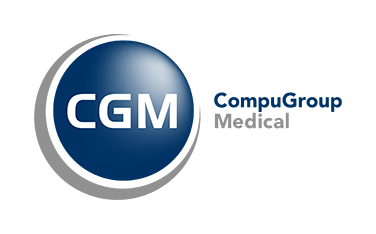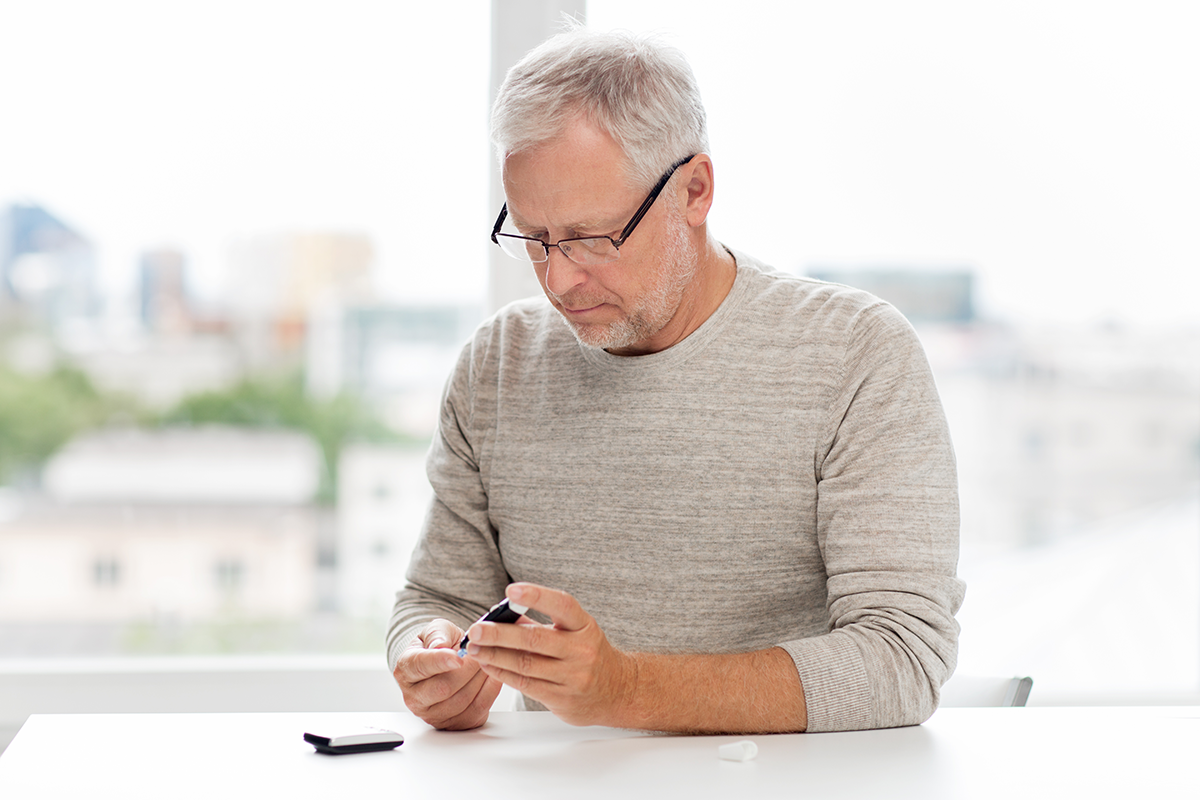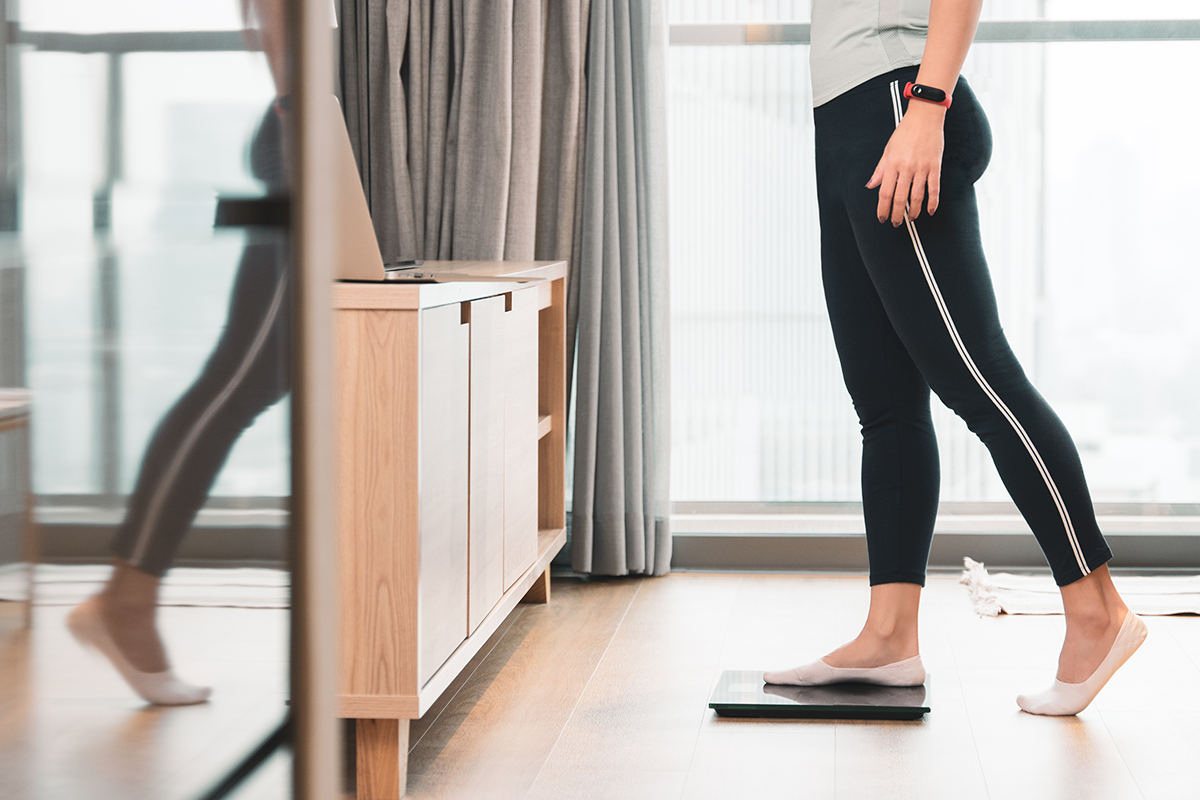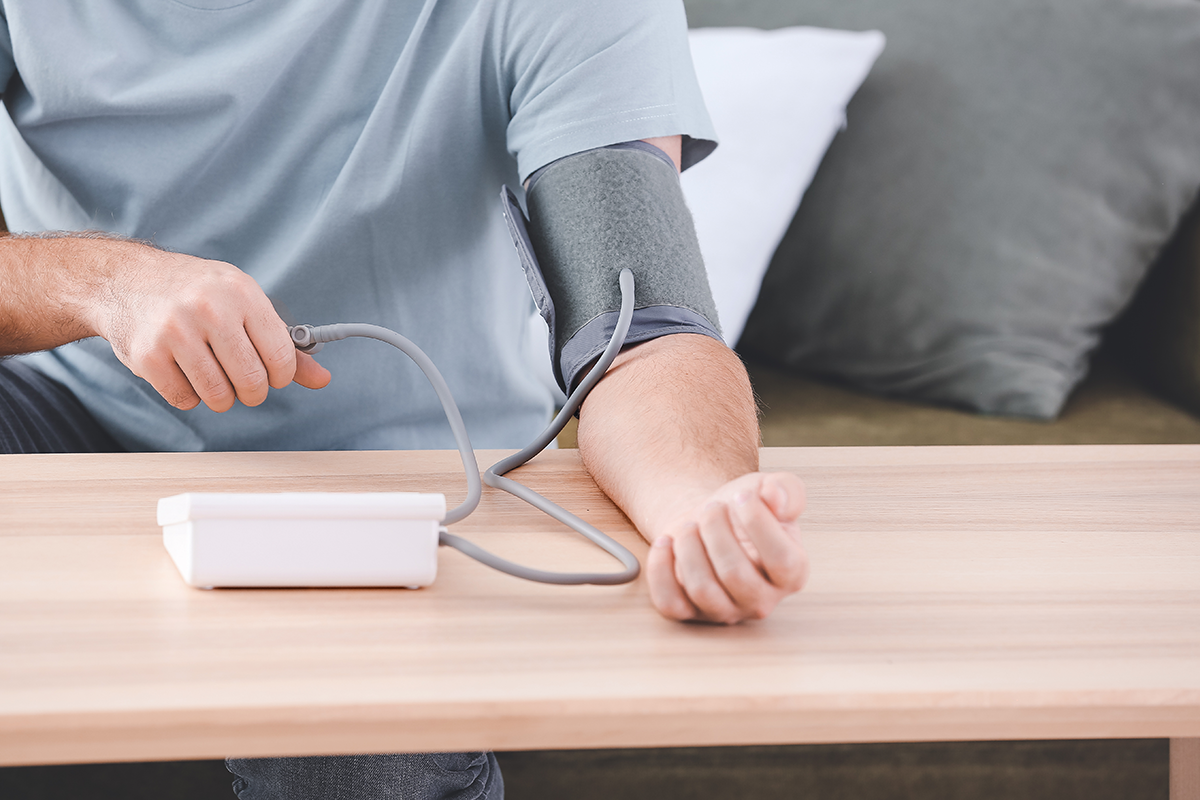Key Highlights
- Remote Patient Monitoring (RPM) revolutionizes healthcare by enabling data collection and analysis outside traditional clinical settings, boosting patient engagement and satisfaction
- CGM’s RPM service offers an end-to-end solution, including patient enrollment and seamless device management
- Sophisticated RPM devices like blood pressure cuffs, finger stick glucometers, and scales provide reliable measurements for critical health data
- Healthcare providers benefit from EHR integration for smoother clinical workflows and real-time monitoring
- RPM supports chronic disease management, improves health outcomes, and reduces healthcare costs
- Implementing CGM RPM ensures flexibility and scalability, enhancing healthcare organizations’ ability to deliver quality remote care
Remote Patient Monitoring (RPM) is changing healthcare by providing care outside of typical hospitals and practice settings. RPM helps healthcare groups watch patients' vital signs and health details in real-time, providing more comprehensive care and much faster response times. Encouraging patients to engage more fully in their home health plan, remote patient monitoring is essential for managing chronic conditions, improving satisfaction, and creating better outcomes. CompuGroup Medical's white-glove RPM service simplifies these tasks. It offers a smooth and complete solution for healthcare providers.
Remote patient monitoring is very helpful for anyone dealing with chronic conditions like high blood pressure, diabetes, and congestive heart failure.
Understanding remote patient monitoring
Remote patient monitoring solutions change how healthcare providers check on patients. RPM allows providers to watch patients' health outside of the typical hospitals or clinical setting. With RPM devices like blood pressure monitors and glucose meters, doctors can see real-time readings, even when their patients are still at home. This helps providers and patients better manage chronic care. Users feel more engaged and can actively track their vital signs. Plus, when RPM works well with an electronic health record (EHR) integration, it makes clinical workflows smoother.
Definition and importance of RPM
Remote Patient Monitoring (RPM) uses smart devices to check health data like blood pressure and blood sugar outside of regular healthcare places. This new technology helps healthcare providers improve care and leads to better health outcomes.
With RPM, providers can keep an eye on both long-term and short-term health issues from afar. This ensures that help can come quickly, which lowers risks and complications. Treatment plans can be better personalized, strengthening the connection between patients and healthcare professionals and creating more trust and comfort.
A worthwhile remote patient monitoring solution can also lower costs and reduce the number of emergency visits, which is especially useful for patients with chronic diseases. By providing real-time data and a remote care management solution, watching vital signs, and encouraging early care, RPM delivers a modern way to administer healthcare that focuses on satisfaction, efficiency, and easy access.
Evolution of RPM technologies
Remote patient monitoring devices have evolved rapidly due to advancing technology.
Healthcare systems now use RPM solutions that link with leading EHR systems such as CGM APRIMA or CGM eMDs. This helps doctors and nurses see patient data almost in real-time, leading to better insights, fewer mistakes, and a streamlined workflow. New tools such as smart scales and glucometers help monitor chronic conditions more accurately.
The digital age continues to influence RPM with devices that are easy to connect and use. These evolutions improve patient engagement and clinical efficiency. As the advancements continue, the goal is always to facilitate healthier outcomes through smarter connections and automated data checks.
Award-winning EHR and practice management
Our leading EHR system, CGM APRIMA is a uniquely fast, flexible, and powerful EHR. With ambient AI functionality, CGM APRIMA streamlines and complements your existing workflow.
Key components of CGM RPM remote health monitoring services
The CGM RPM service is a complete solution for healthcare organizations that want to improve remote care management. Our white-glove service team takes care of patient enrollment, device logistics, and operational support including monthly billing reports to assist practices with coding and reimbursements.
CGM makes it easy by providing cellular-enabled RPM devices such as blood pressure monitors and finger-stick glucometers. Healthcare providers enjoy EHR synchronization, which means data is recorded accurately and easily. This all-in-one service eliminates implementation headaches and ensures efficient monitoring, leading to better healthcare delivery.
Patient enrollment process
CGM RPM Remote Patient Monitoring includes a service team that takes on the work of patient enrollment. Patients find this process simple, and practices enjoy the fact that they don't have to take on additional administrative work themselves.
Enrollment starts by confirming patient details, a streamlined process thanks to integrations with the CGM electronic health record systems such as CGM APRIMA and CGM eMDs. After that, our RPM team sends the appropriate, ready-to-use devices to patients as well. No complex setups are needed. End users enjoy communication from our RPM team, which helps build trust.
CGM RPM is an end-to-end service that ensures everyone can access remote care easily.
Device management system
CGM’s device management system is administered for you, making it an easy and effective way to track patient data. CGM RPM uses devices such as blood pressure cuffs, glucometers, and scales that send health readings to providers automatically via the CGM RPM portal.
The devices go through strict testing to check their connection and how well they work, ensuring accuracy. They come with built-in SIM cards, which makes it easy to set up and eliminates any headaches associated with pairing or complicated setups.
Healthcare providers can access an individual's data in the RPM portal, but the data can also be conveniently integrated with our leading EHR systems. This system keeps data safe while allowing for automatic updates and easy fixes.
Devices used in remote patient monitoring
Remote Patient Monitoring solutions use special medical devices to track important health numbers like blood pressure, blood sugar, and weight. These devices are connected through cellular networks, which helps keep everything working smoothly and in real-time.
The CGM RPM service includes blood pressure cuffs, finger-stick glucometers, and scales. These tools provide accurate and reliable information, are approved by the FDA, and fit well into clinical workflows. Using these devices in a remote healthcare setting, providers can better understand patient health, taking action sooner for improved results.
Blood pressure cuff: features and benefits
A blood pressure cuff is an important tool in remote patient monitoring. It helps doctors watch heart health much more closely. The cellular-enabled cuff from CGM sends measurements straight to healthcare providers. This stops mistakes that can happen with writing things down manually.
This device allows doctors to see blood pressure changes in real-time. This way, they can quickly treat high blood pressure or hidden issues like white coat hypertension. Patients also learn more about their health. This helps them get more involved and make better lifestyle choices.
Adding blood pressure cuffs to remote monitoring programs helps healthcare providers spot heart problems early. It also allows them to adjust medications properly, which leads to better care.
Finger stick glucometer: utilization in RPM
The finger-stick glucometer is important for remote patient monitoring solutions like these. It gives accurate blood sugar readings that help manage diabetes. Its FDA-approved design helps capture glucose levels from a distance, cutting down the need for regular in-person visits.
CGM’s glucometers send data easily to the EHR. This lets providers monitor trends and warn patients when something is wrong. Quick feedback helps people change their insulin or diet for better blood sugar control.
The finger-stick glucometer helps with patient assessments, helps enable real-time care changes, and lowers the risks of diabetic issues.
Digital scale: how it enhances remote monitoring
Scales used in RPM programs have two main purposes. They track weight, and they help monitor fluid retention, which is important for patients with heart failure. A scale that connects to cellular networks can send this data automatically. This makes patient monitoring easier for healthcare providers.
CGM’s remote patient monitoring solution uses scales that let healthcare teams track changes in weight. These changes can connect to obesity and other health issues. For patients, these scales provide instant feedback on their diet and lifestyle choices. This feedback helps them develop better habits.
With precise weight data and EHR integration, digital scales give important updates on changes in patient health. This information helps doctors spot problems early and take preventive steps on time.
The preferred remote patient monitoring solution
Offer remote care with the enrollments and communications managed for you. Use CGM RPM Remote Patient Monitoring to improve patient care and maximize reimbursements.
Importance of a user-friendly RPM platform
A user-friendly platform is very important for creating a smooth experience for both providers and patients. The CGM RPM devices are easy to use with intuitive interfaces and support teams readily available. This make for a solution that is suitable for people of all ages and tech skills.
Providers enjoy streamlined workflows including the easy data transfer to their EHR system and the ability to set alerts for whenever results fall outside of the acceptable range. For patients, intuitive devices and easy access to support encourages them to engage more with both the devices and their overall health plans. The mix of being easy to use and accurate ensures effective remote care delivery, trackable results, and speedy interventions whenever they are required.
Integration with telemedicine
Remote Patient Monitoring systems work well with telemedicine platforms such as Patient Connect for CGM APRIMA or the stand-alone CGM ELVI Telemedicine solution. Together, they create a complete telehealth care model.
With this integration, healthcare providers can see information from devices like glucometers and blood pressure cuffs, schedule virtual visits, and access patient data in real time on a virtual care management platform. Patients receive faster, tailored advice, which cuts down on the need for office visits and improves health outcomes. The combination of RPM and telemedicine makes it easier to manage chronic diseases and increases satisfaction.
CGM takes full advantage of this integration, with a near real-time synchronization with the EHR that creates a smooth system for delivering remote care.
Benefits of remote patient monitoring
Remote patient monitoring solutions have many benefits that improve care and enhance patient outcomes while lowering healthcare costs for patients and creating additional revenue streams for practices. RPM helps manage chronic conditions and can prevent hospital visits. For healthcare groups, it increases efficiency and helps them grow.
Platforms such as CGM RPM Remote Patient Monitoring also simplify processes and support accurate monitoring and faster clinical intervention. Users receive real-time updates about their health, empowering them to make better lifestyle choices.
Specific patient groups benefiting from RPM
Remote patient monitoring is very helpful for anyone dealing with chronic conditions like high blood pressure, diabetes, and congestive heart failure. These individuals often need regular check-ups, which traditional healthcare settings have trouble providing. RPM devices keeps users involved and help doctors respond quickly when needed.
Older individuals or those living in rural areas find remote monitoring easy and convenient, especially where physical access is hard. When travel or mobility is a concern, remote patient monitoring also gives this population immediate access to better care.
In addition, remote patient monitoring solutions give high-risk individuals clear information about their health. This ongoing monitoring helps them stick to their treatment plans. As a result, it improves patient satisfaction and overall health outcomes.
Improving outcomes in chronic disease management
To properly manage chronic diseases, regular measurements are required. RPM makes this easy, and gives users real-time information about their health. This makes it easier to manage COPD, diabetes, and other heart problems and conditions.
Healthcare providers also stand to gain from a successful RPM system. They can keep track of health trends, reduce emergencies, and adjust medications better. An EHR integration helps doctors make better decisions and cuts down on the administrative work and data entry. Users say they feel more engaged and have fewer problems because of careful tracking.
Cost-effectiveness and efficiency gains
RPM programs are great at saving patients money by avoiding hospital readmissions and finding health problems early. This leads to fewer ER visits, which lowers costs dramatically.
Remote patient monitoring solutions such as CGM RPM help operations run more smoothly. They let doctors monitor many patients without overloading their staff. Automated alerts and easy EHR integration save time by focusing staff on important clinical data, streamlining workflows. The CGM RPM service in particular stands out for its monthly billing report that helps practices with billing and coding, leading to speedy and maximized reimbursements.
For patients, a digital method of managing chronic care means less travel to the doctor's office. This reduces their out-of-pocket costs and makes things more convenient. Because of these advantages, more and more healthcare organizations around the world are using systems like these.
Remote patient monitoring helps manage chronic conditions and can prevent hospital visits. For healthcare groups, it increases efficiency and helps them grow.
Integration with healthcare systems
Seamless integration with healthcare systems is very important for a successful remote patient monitoring program. Good electronic health record (EHR) integration helps update patient readings and other patient data in real time. This helps healthcare providers manage chronic conditions better, and when clinical workflows are connected, it encourages patients to stay engaged. Providers can easily access patients’ records and trends, like blood pressure and blood sugar levels. An EHR integration also helps meet healthcare rules and supports care teams in giving high-quality, evidence-based care.
EHR compatibility and data synchronization
Successful RPM programs depend a lot on an effective EHR integration and good data synchronization. This helps data from different RPM devices move smoothly into the electronic health record. With real-time updates and alerts, healthcare professionals can boost engagement and keep a closer eye on chronic conditions. Timely, data-supported health insights lead to better care outcomes and a higher quality of care.
Compliance with healthcare regulations
Navigating the rules for compliance is very important when it comes to choosing among all of the available remote patient monitoring options. Healthcare organizations need to follow different standards, including HIPAA, to protect sensitive information. Using secure remote monitoring devices and software can help keep data safe and confidential. Understanding CPT® codes and how they impact billing in RPM programs also makes it easier to collect reimbursements for the services provided.
Role of healthcare providers in remote patient monitoring solutions
Healthcare providers are very important for a successful remote patient monitoring (RPM) program. When providers are engaged, they can oversee patient data effectively. This helps doctors make quick changes to care plans when needed. Clinical staff should be trained to use the remote devices and software, as well. This preparedness builds patient trust in the practice, because an informed, supportive team will improve communication between care teams and end users. This leads to better adherence with treatment plans, improving satisfaction and clinical outcomes.
Monitoring and responding to patient data
Effective remote patient monitoring solutions gather real-time data from their devices. Healthcare providers can quickly analyze important readings, like blood pressure and blood sugar levels, and they can also determine thresholds that trigger alerts whenever a result falls outside of a desired range.
When care teams quickly respond to changes in a patient’s health, it can lead to better clinical outcomes and increased patient satisfaction.
An EHR integration ensures a seamless integration of information and supports proactive chronic care management. Monthly billing reports can also help streamline the practice's administrative process and ensure maximized reimbursements and a better ROI, or return on investment.
Conclusion
The use of robust remote patient monitoring platforms such as CGM RPM delivers many benefits to providers and patients alike. Healthcare organizations can check vital signs and manage chronic conditions in real-time, and remote monitoring helps increase engagement and improve health outcomes.
RPM enables proactive care while maintaining patient privacy and data security. As healthcare evolves, the use of advanced remote patient monitoring systems will be key to providing high-quality care and ensuring better satisfaction.
Have questions about implementing the best remote patient monitoring solution in your practice?
Contact us today to learn more about CGM RPM Remote Patient Monitoring.
Frequently Asked Questions
Remote patient monitoring (RPM) is when technology is used to check health data in real-time from their homes. This modern concept helps healthcare providers watch vital signs, manage chronic conditions, and improve patient engagement while reducing the need for many in-person visits.
RPM solutions gather health information from patients using digitally enabled devices and send it to healthcare providers. These systems allow for constant tracking, alerting professionals about any issues as they arise. RPM helps with quick responses and boosts patient engagement. Overall, this smooth and continuous flow of patient health data improves the quality of care that users receive.
Remote patient monitoring solutions provide many benefits to patients. They help in managing chronic conditions and provide important trend data. Additionally, remote patient monitoring solutions boost patient engagement and deliver a more personalized care experience with faster clinical intervention whenever a measurement falls outside of a predetermined threshold.
The cost of an effective remote patient monitoring solution can change a lot based on the technology, service providers, and what type of monitoring is needed. Usually, the costs may involve device purchases, software subscriptions, and reasonable fees for healthcare professionals who handle the data.
Healthcare providers, like doctors and some other practitioners, can charge for these services. To bill for these services, there should usually be an established relationship with the patient, consent for monitoring, and proper documentation that shows the patient’s needs and the services given. Billing codes can be different depending on the payer, so it is important to verify that information, or to enroll with a service such as CGM RPM Remote Patient Monitoring that will manage this requirement on the practice's behalf.
The return on investment (ROI) of remote patient monitoring solutions has many benefits. It helps lower the number of hospital readmissions. It also improves patient engagement and cuts healthcare costs. By using technology, healthcare providers can work more efficiently. They can deliver better outcomes. This is good for both patients and the healthcare system.





